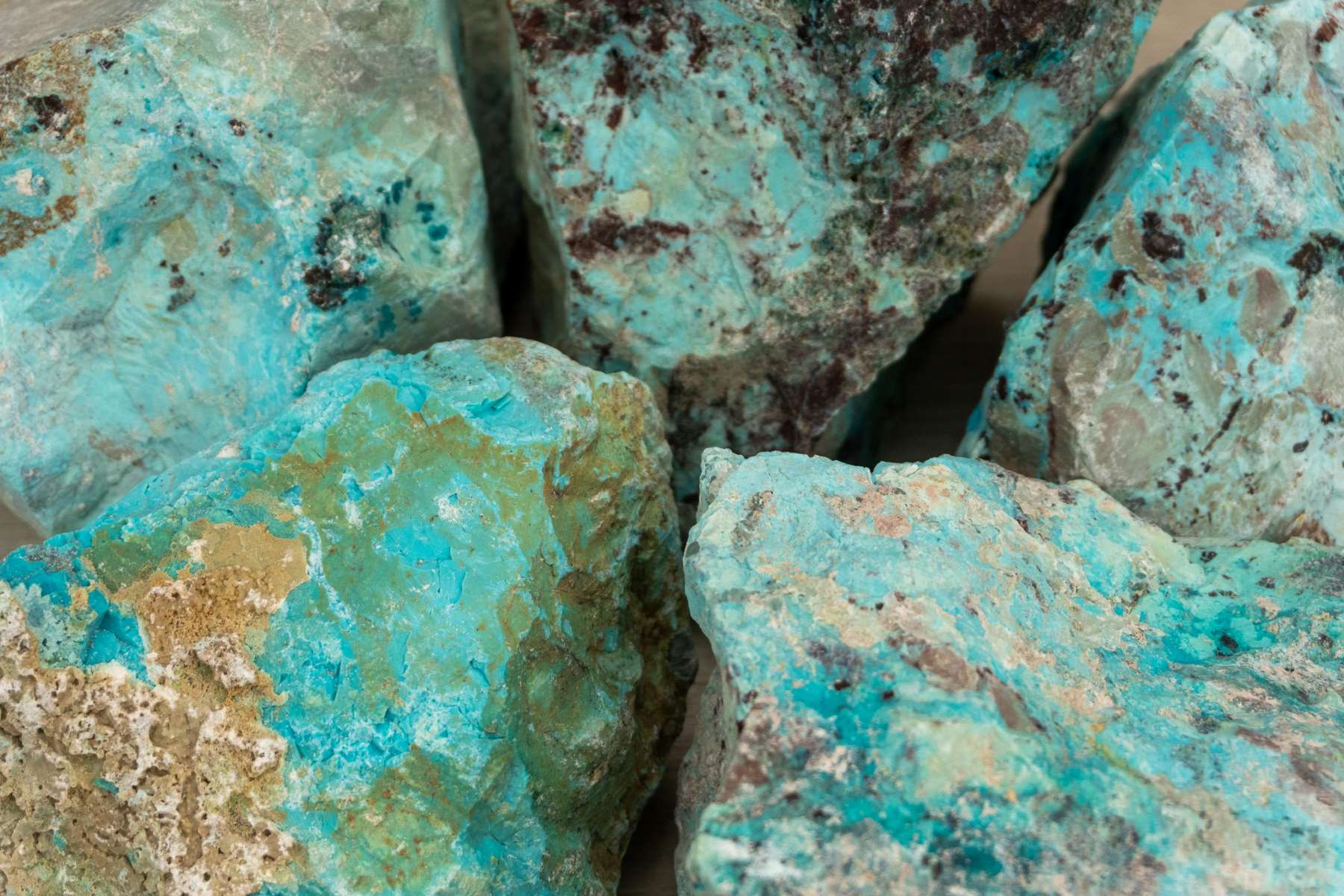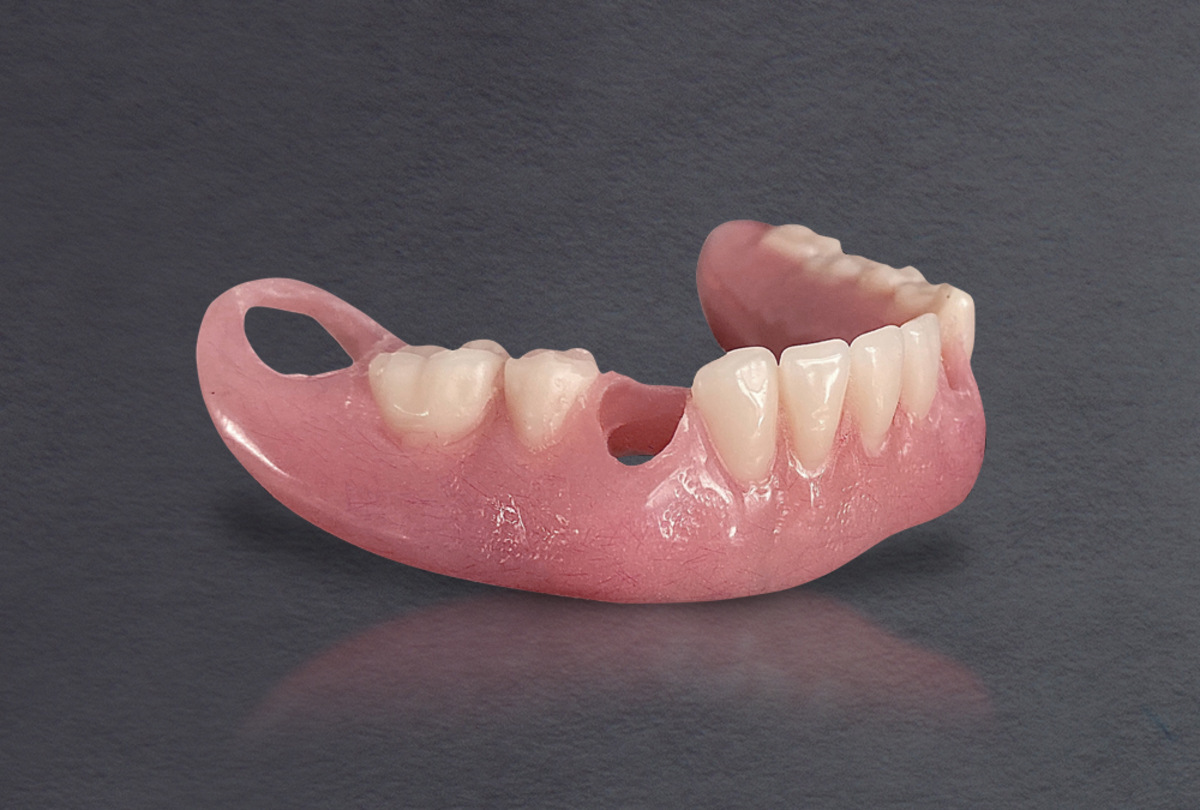
Chrysocolla is a captivating mineral known for its vibrant blue-green hues, often mistaken for turquoise. But what makes this stone truly special? Chrysocolla is not just a pretty face; it has a rich history and fascinating properties. Used by ancient civilizations for jewelry and art, this mineral also boasts unique chemical characteristics. Did you know it forms in the oxidation zones of copper ore bodies? Or that it’s often found alongside malachite and azurite? Whether you’re a geology enthusiast or just curious, these 50 facts about Chrysocolla will leave you amazed. Ready to dive into the world of this stunning mineral? Let’s get started!
Key Takeaways:
- Chrysocolla is a captivating blue-green gemstone with a rich history and mystical significance. It's used in jewelry, art, and crystal therapy, and is popular for its unique beauty and versatility.
- With a history dating back thousands of years, chrysocolla has been valued for its calming properties and used in ancient cultures for protection and healing. It's a favorite among gemstone enthusiasts and has various applications in jewelry making, decorative items, and crystal therapy.
What is Chrysocolla?
Chrysocolla is a captivating mineral known for its vibrant blue-green hues. Often mistaken for turquoise, this gemstone has a unique charm and a rich history. Let's dive into some fascinating facts about chrysocolla.
- Chrysocolla is a hydrated copper phyllosilicate mineral.
- Its name comes from the Greek words "chrysos" (gold) and "kolla" (glue), referring to its use in soldering gold.
- This mineral is often found in copper deposits.
- It forms in the oxidation zones of copper ore bodies.
- Chrysocolla is often associated with other copper minerals like malachite, azurite, and turquoise.
- The gemstone has a Mohs hardness of 2.5 to 3.5, making it relatively soft.
- It is often used in jewelry, but care must be taken due to its softness.
- Chrysocolla can be found in various parts of the world, including the United States, Chile, and Israel.
- The largest deposits are in the southwestern United States.
- It is sometimes used as a substitute for turquoise in jewelry.
Historical Significance of Chrysocolla
Chrysocolla has been valued throughout history for its beauty and supposed mystical properties. Let's explore its historical significance.
- Ancient Egyptians used chrysocolla as a protective stone.
- It was believed to calm emotions and bring peace.
- Cleopatra is said to have worn chrysocolla jewelry.
- The gemstone was used in ancient Rome for decorative purposes.
- It was also used in ancient Greece for soldering gold.
- Native American cultures used chrysocolla in rituals and ceremonies.
- It was believed to strengthen the body's resistance to illness.
- Chrysocolla was used as a pigment in ancient art.
- It has been found in archaeological sites dating back thousands of years.
- The gemstone was often used in amulets and talismans.
Physical Properties of Chrysocolla
Understanding the physical properties of chrysocolla can help appreciate its unique characteristics. Here are some key details.
- Chrysocolla has a vitreous to dull luster.
- It is typically opaque but can be translucent in thin sections.
- The gemstone has a specific gravity of 2.0 to 2.4.
- Its color ranges from blue to green, often with a mottled appearance.
- Chrysocolla can form botryoidal, massive, or stalactitic structures.
- It often exhibits a conchoidal fracture.
- The mineral has a triclinic crystal system.
- It can be found in nodules, veins, or as crusts on other minerals.
- Chrysocolla is often impregnated with quartz or opal, increasing its hardness.
- It can be polished to a high shine, enhancing its visual appeal.
Uses and Applications of Chrysocolla
Chrysocolla is not just a pretty stone; it has various uses and applications. Let's look at some of them.
- Chrysocolla is popular in jewelry making, especially in cabochons and beads.
- It is used in decorative items like vases and sculptures.
- The gemstone is sometimes used in inlay work.
- Chrysocolla is believed to have healing properties, making it popular in crystal therapy.
- It is thought to aid in communication and expression.
- The gemstone is used in meditation practices.
- Chrysocolla is believed to balance the heart and throat chakras.
- It is sometimes used in feng shui to bring harmony to a space.
- The mineral is used in educational settings to teach about copper deposits.
- Chrysocolla is also a collector's item due to its unique appearance.
Interesting Facts about Chrysocolla
Here are some more intriguing tidbits about this fascinating gemstone.
- Chrysocolla can change color when exposed to heat.
- It is sometimes confused with other blue-green minerals like turquoise and malachite.
- The gemstone is often stabilized with resin to improve its durability.
- Chrysocolla is sometimes dyed to enhance its color.
- It is considered a secondary mineral, forming after the primary copper minerals.
- The gemstone is often found in the same locations as turquoise.
- Chrysocolla can be used to make beautiful mosaics.
- It is sometimes used in the creation of musical instruments.
- The gemstone is believed to promote tranquility and inner strength.
- Chrysocolla is a favorite among gemstone enthusiasts for its unique beauty and versatility.
The Final Word on Chrysocolla
Chrysocolla, with its vibrant blue-green hues, isn't just a pretty stone. It's packed with history, healing properties, and fascinating facts. From ancient civilizations using it as a pigment to modern-day crystal enthusiasts valuing its calming energy, this mineral has left its mark across time. Whether you're drawn to its beauty or intrigued by its lore, chrysocolla offers something for everyone. Remember, it's not just about the aesthetics; it's about the stories and energies each piece carries. So next time you come across this captivating stone, you'll know there's more to it than meets the eye. Dive into its rich background, appreciate its unique qualities, and let chrysocolla add a touch of magic to your life.
Frequently Asked Questions
Was this page helpful?
Our commitment to delivering trustworthy and engaging content is at the heart of what we do. Each fact on our site is contributed by real users like you, bringing a wealth of diverse insights and information. To ensure the highest standards of accuracy and reliability, our dedicated editors meticulously review each submission. This process guarantees that the facts we share are not only fascinating but also credible. Trust in our commitment to quality and authenticity as you explore and learn with us.


